Home>Gardening & Outdoor>Outdoor Recreation & Activities>How To Keep A Trampoline From Blowing Away?
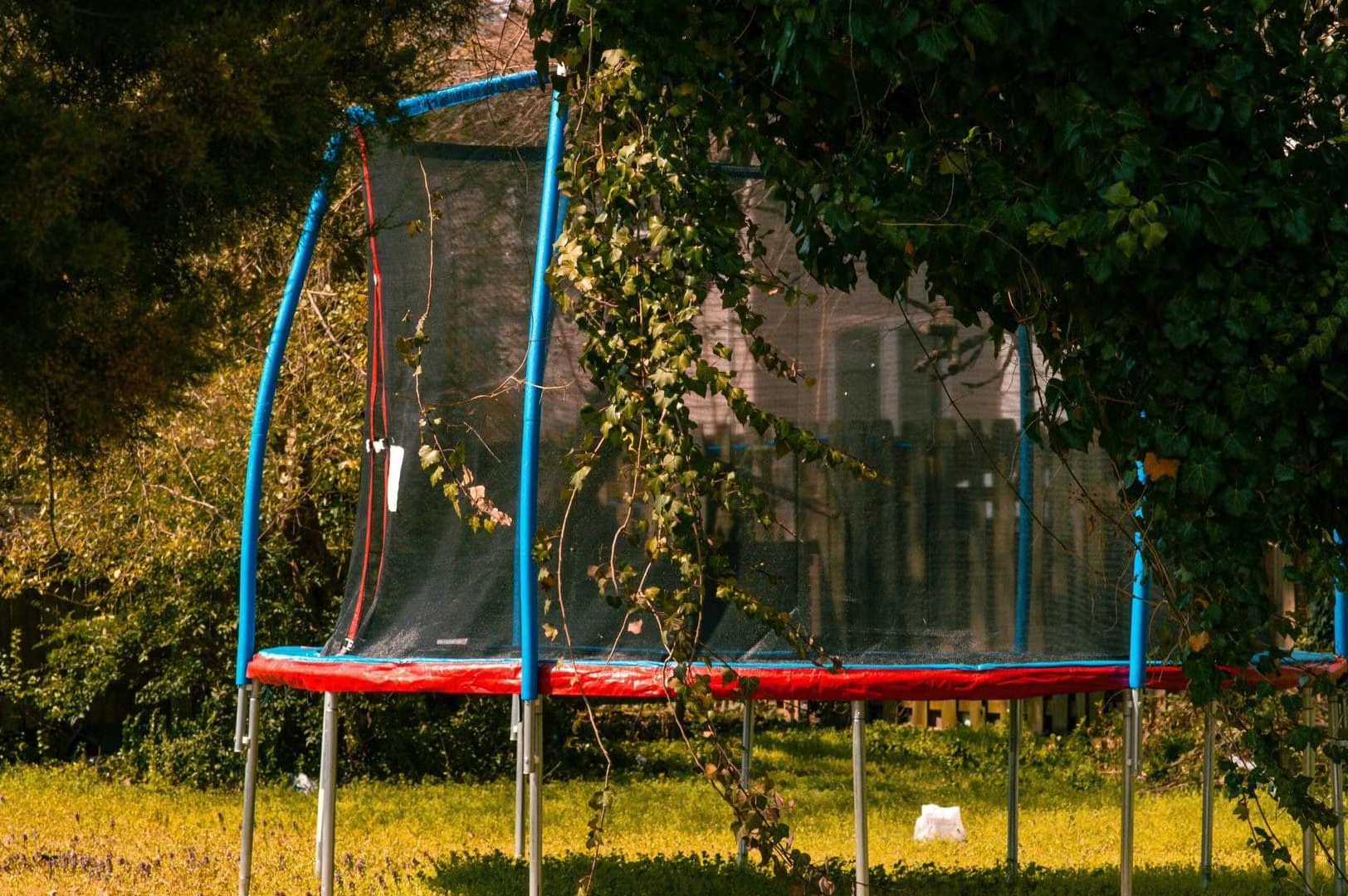

Outdoor Recreation & Activities
How To Keep A Trampoline From Blowing Away?
Modified: February 18, 2024
Learn effective techniques to secure your trampoline and prevent it from blowing away in outdoor recreation and activities. Keep your trampoline safe and stable in any weather conditions.
(Many of the links in this article redirect to a specific reviewed product. Your purchase of these products through affiliate links helps to generate commission for Storables.com, at no extra cost. Learn more)
Introduction
Welcome to the exciting world of trampolining, where the joy of bouncing through the air is a cherished pastime for many. However, as with any outdoor activity, it's essential to be mindful of the potential risks and take proactive measures to ensure safety and enjoyment. One such concern is the risk of a trampoline being lifted and blown away by strong winds, which can pose a significant danger to both the trampoline itself and its surroundings.
In this comprehensive guide, we will delve into the various strategies and techniques to safeguard your trampoline from being whisked away by powerful gusts. From understanding the risks associated with trampoline displacement to exploring effective anchoring methods and wind-resistant accessories, we will equip you with the knowledge and tools necessary to protect your trampoline and maintain a secure outdoor recreational space.
So, whether you're a seasoned trampoline enthusiast or a novice embarking on this exhilarating journey, join us as we unravel the secrets to keeping your trampoline grounded and secure amidst the forces of nature. Let's dive into the world of trampoline safety and discover how to prevent your beloved bouncing platform from taking an unexpected flight.
Key Takeaways:
- Secure your trampoline with ground anchors, concrete weights, or wind straps to prevent it from blowing away in strong winds. Prioritize safety and stability for a worry-free bouncing experience.
- Enhance trampoline resilience with wind-resistant netting, anchor kits, and regular maintenance. Protect against wind-related risks and ensure a safe and enjoyable trampolining adventure.
Read more: How To Keep A Pergola From Blowing Away
Understanding the Risks
Before delving into the preventive measures, it’s crucial to comprehend the potential hazards associated with a trampoline being lifted by strong winds. When a trampoline becomes airborne, it can pose a serious threat to both property and individuals in its path. The uncontrolled movement of a trampoline can result in damage to surrounding structures, vehicles, and landscaping, not to mention the trampoline itself.
Moreover, a flying trampoline can cause severe injury to anyone in its trajectory. The impact force generated by a trampoline in motion is substantial and can lead to life-threatening accidents. Additionally, the risk of the trampoline colliding with power lines or other infrastructure further emphasizes the gravity of this issue.
Furthermore, the potential for a lifted trampoline to cause damage to neighboring properties raises liability concerns. In the event of a trampoline causing harm or destruction beyond your property boundaries, you may be held accountable for the damages, underscoring the importance of taking proactive measures to prevent such incidents.
By understanding the risks associated with a trampoline becoming airborne, you gain insight into the necessity of implementing effective preventative strategies. This awareness underscores the significance of securing your trampoline to ensure the safety of your surroundings and those within proximity. With this understanding in mind, let’s explore the proactive measures to mitigate the risk of trampoline displacement due to strong winds.
Anchoring Techniques
Effectively anchoring your trampoline is fundamental in mitigating the risk of it being lifted by strong winds. There are several anchoring methods to consider, each offering varying degrees of security and ease of implementation.
1. Ground Anchors: Utilizing ground anchors, such as heavy-duty metal stakes or augers, is a popular and reliable method to secure a trampoline. These anchors are driven into the ground at strategic points around the trampoline’s perimeter, providing a solid and robust foundation. When selecting ground anchors, opt for those designed specifically for trampoline anchoring, as they are engineered to withstand substantial force and ensure a secure hold.
2. Concrete Weighted Systems: Another effective anchoring technique involves the use of concrete weights or blocks. These weights are strategically positioned on the trampoline’s frame or legs, effectively increasing its overall mass and stability. While this method may require more effort during installation and removal, it offers a durable and dependable solution for securing your trampoline in windy conditions.
3. Wind Straps and Tethers: Wind straps, also known as trampoline tie-down kits, are designed to secure the trampoline to the ground using durable straps and tensioning systems. These kits often include heavy-duty straps, anchors, and hardware specifically engineered to withstand strong winds. Tethers can also be employed to anchor the trampoline to fixed structures, such as fences or sturdy posts, enhancing its stability during inclement weather.
4. In-Ground Anchor Systems: For a more permanent and streamlined solution, in-ground anchor systems can be installed to secure the trampoline. These systems involve creating anchor points within the ground, typically using concrete footings or specialized anchor sleeves, to which the trampoline is securely fastened. While this method requires more extensive installation, it provides a robust and discreet anchoring solution.
By implementing one or a combination of these anchoring techniques, you can significantly reduce the risk of your trampoline being lifted by strong winds. Prioritize the safety and stability of your trampoline by selecting anchoring methods that are well-suited to your specific trampoline model and the prevailing environmental conditions in your area.
To keep a trampoline from blowing away, anchor it down with heavy-duty stakes or tie it to sturdy objects like trees or a heavy furniture. You can also use sandbags or concrete blocks for added weight.
Using Wind-Resistant Accessories
In addition to anchoring techniques, integrating wind-resistant accessories can further fortify your trampoline against the forces of nature. These accessories are specifically designed to enhance the stability and resilience of your trampoline, minimizing the risk of displacement during windy conditions.
1. Wind-Resistant Netting: Installing wind-resistant netting around the perimeter of the trampoline can act as a barrier, reducing the impact of wind and minimizing the likelihood of uplift. Opt for netting specifically engineered to withstand strong winds, featuring durable materials and secure attachment mechanisms. Additionally, the netting can provide added safety by preventing individuals or objects from inadvertently coming into contact with the trampoline during use.
2. Anchor Kits and Wind Straps: Wind-resistant anchor kits and straps are designed to complement traditional anchoring methods, providing an extra layer of security. These kits often include heavy-duty straps, reinforced anchors, and tensioning systems, effectively bolstering the trampoline’s resistance to uplift. When selecting anchor kits and wind straps, prioritize those engineered to withstand high winds and adverse weather conditions.
3. Spring Covers and Weather-Resistant Pads: Investing in high-quality spring covers and weather-resistant pads not only safeguards the trampoline’s components but also contributes to its overall wind resistance. Durable covers and pads can minimize the impact of wind on the trampoline’s structure, reducing the likelihood of uplift and enhancing its stability during inclement weather.
4. Wind-Blocking Screens: Wind-blocking screens, designed to be attached to the trampoline’s frame, can mitigate the impact of strong winds by reducing airflow through the trampoline’s jumping surface. These screens are particularly effective in areas prone to gusty conditions, providing an additional layer of defense against uplift.
By incorporating wind-resistant accessories into your trampoline setup, you can bolster its resilience and mitigate the risk of displacement during windy weather. When selecting these accessories, prioritize quality, durability, and compatibility with your trampoline model to ensure optimal effectiveness.
Regular Maintenance
Consistent and thorough maintenance is essential for ensuring the long-term stability and safety of your trampoline, particularly in safeguarding it against potential wind-related risks. By adhering to a routine maintenance regimen, you can proactively address vulnerabilities and mitigate the likelihood of your trampoline being affected by strong winds.
1. Inspection and Repair: Regularly inspect the trampoline’s frame, springs, mat, and safety enclosure for signs of wear, damage, or weakening. Address any issues promptly, such as replacing worn components or repairing tears in the mat or netting. Ensuring that the trampoline is structurally sound and free from defects is crucial in enhancing its resilience to wind forces.
2. Tension Adjustment: Periodically assess the tension of the trampoline’s springs and enclosure components. Over time, these elements may experience loosening, impacting the trampoline’s overall stability. Adjust the tension as needed to maintain optimal firmness and security, reducing the susceptibility to uplift during windy conditions.
3. Seasonal Disassembly and Storage: In regions prone to severe weather, consider disassembling the trampoline and storing it during periods of heightened wind activity, such as during storms or the winter season. Proper disassembly, storage, and reassembly procedures are essential to safeguarding the trampoline from potential damage and ensuring its longevity.
4. Environmental Considerations: Take into account the specific environmental factors in your area, such as prevailing wind patterns and the proximity of potential wind barriers or obstructions. Position the trampoline in a location that minimizes its exposure to strong winds, such as near natural windbreaks or within a sheltered area of your property.
5. Educational Outreach: Educate family members and users of the trampoline about the importance of adhering to safety guidelines, particularly during windy conditions. Encourage responsible usage and emphasize the necessity of adhering to weight and occupancy limits to maintain the trampoline’s stability and prevent potential wind-related incidents.
By integrating regular maintenance practices into your trampoline care routine, you can fortify its resilience and reduce the risk of displacement due to strong winds. Consistent vigilance and proactive upkeep contribute to a safer and more secure trampolining experience for all users.
Read more: How To Keep Patio Cushions From Blowing Away
Conclusion
As we conclude our exploration of safeguarding trampolines from being lifted by strong winds, it’s evident that proactive measures and strategic planning are paramount in ensuring the safety and stability of these beloved recreational structures. The risks associated with a trampoline becoming airborne are substantial, encompassing potential damage to property, injury to individuals, and liability concerns.
By understanding these risks and implementing effective anchoring techniques, such as ground anchors, concrete weighted systems, wind straps, and in-ground anchor systems, trampoline owners can significantly reduce the likelihood of displacement during windy conditions. Furthermore, the integration of wind-resistant accessories, including netting, anchor kits, spring covers, and wind-blocking screens, further fortifies the trampoline against the forces of nature.
Regular maintenance, encompassing inspection, tension adjustment, seasonal disassembly and storage, environmental considerations, and educational outreach, is instrumental in sustaining the trampoline’s resilience and safety. By adhering to a comprehensive maintenance regimen, trampoline owners can proactively address vulnerabilities and mitigate the risk of wind-related incidents.
Ultimately, the commitment to trampoline safety extends beyond individual ownership, encompassing the well-being of surrounding properties and individuals. By prioritizing the implementation of these preventive measures, trampoline owners contribute to a safer outdoor recreational environment for their families and communities.
As trampolining continues to be a source of joy and physical activity for many, it’s imperative to uphold the highest standards of safety and responsibility. By fortifying trampolines against the forces of nature, we ensure that the exhilarating experience of bouncing through the air remains a secure and enjoyable pursuit for all enthusiasts.
With a combination of strategic anchoring, wind-resistant accessories, regular maintenance, and a commitment to safety, trampoline owners can confidently navigate the challenges posed by strong winds and safeguard their cherished bouncing platforms. Let’s embrace the thrill of trampolining while upholding a steadfast dedication to safety and security.
Frequently Asked Questions about How To Keep A Trampoline From Blowing Away?
Was this page helpful?
At Storables.com, we guarantee accurate and reliable information. Our content, validated by Expert Board Contributors, is crafted following stringent Editorial Policies. We're committed to providing you with well-researched, expert-backed insights for all your informational needs.
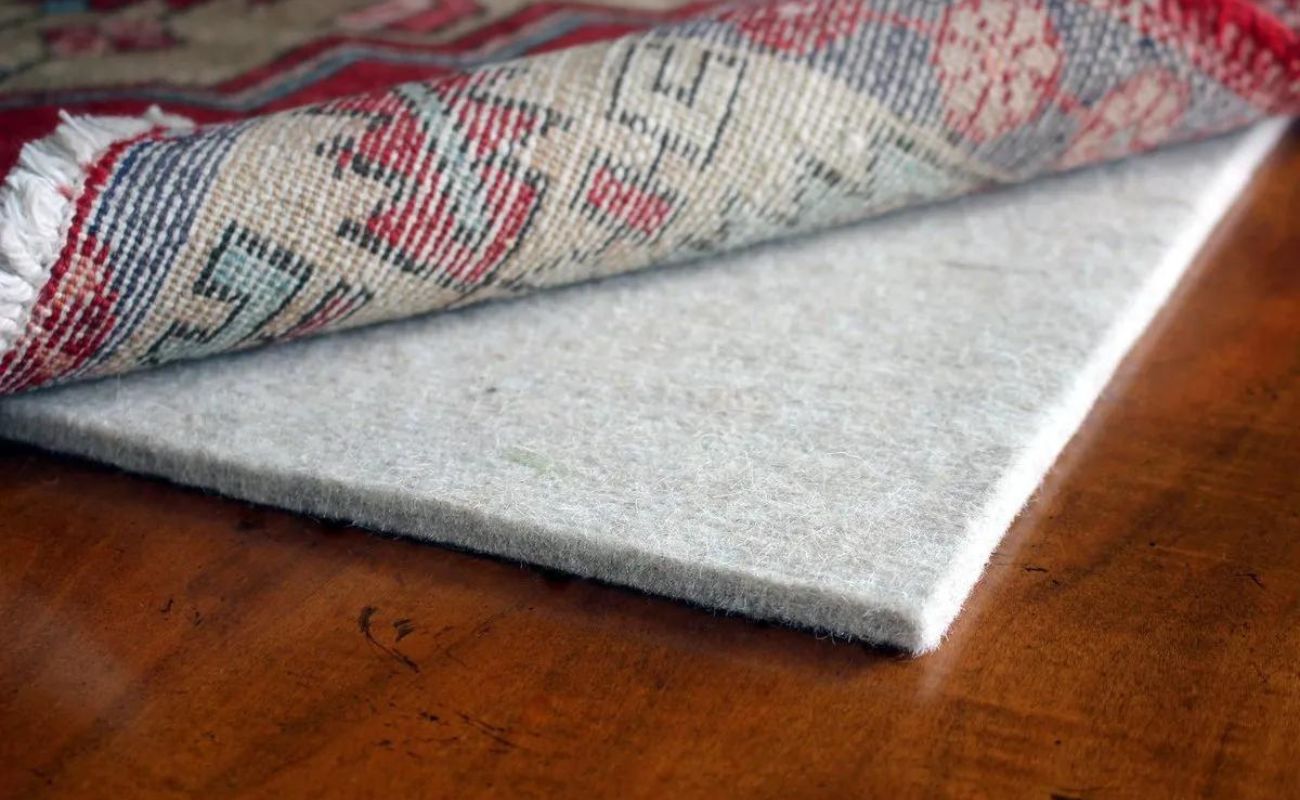

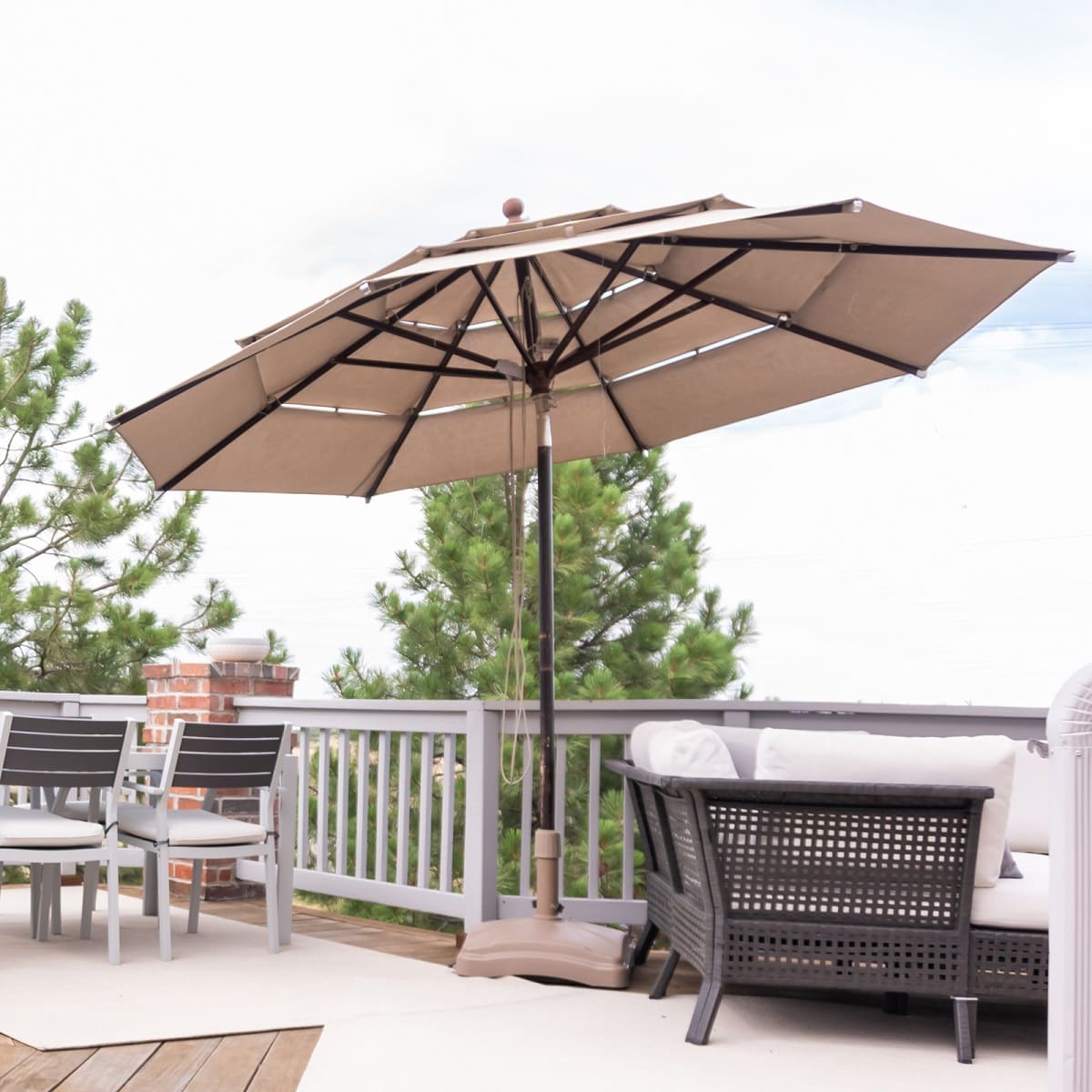

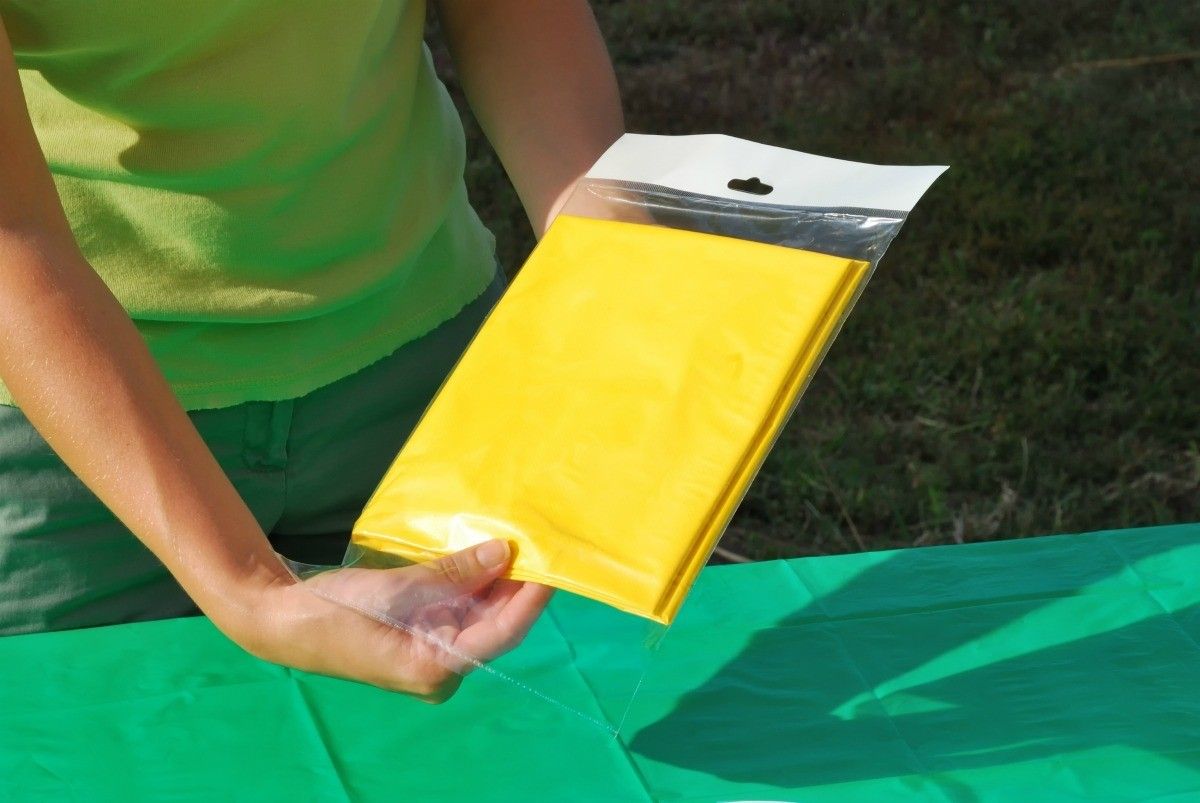

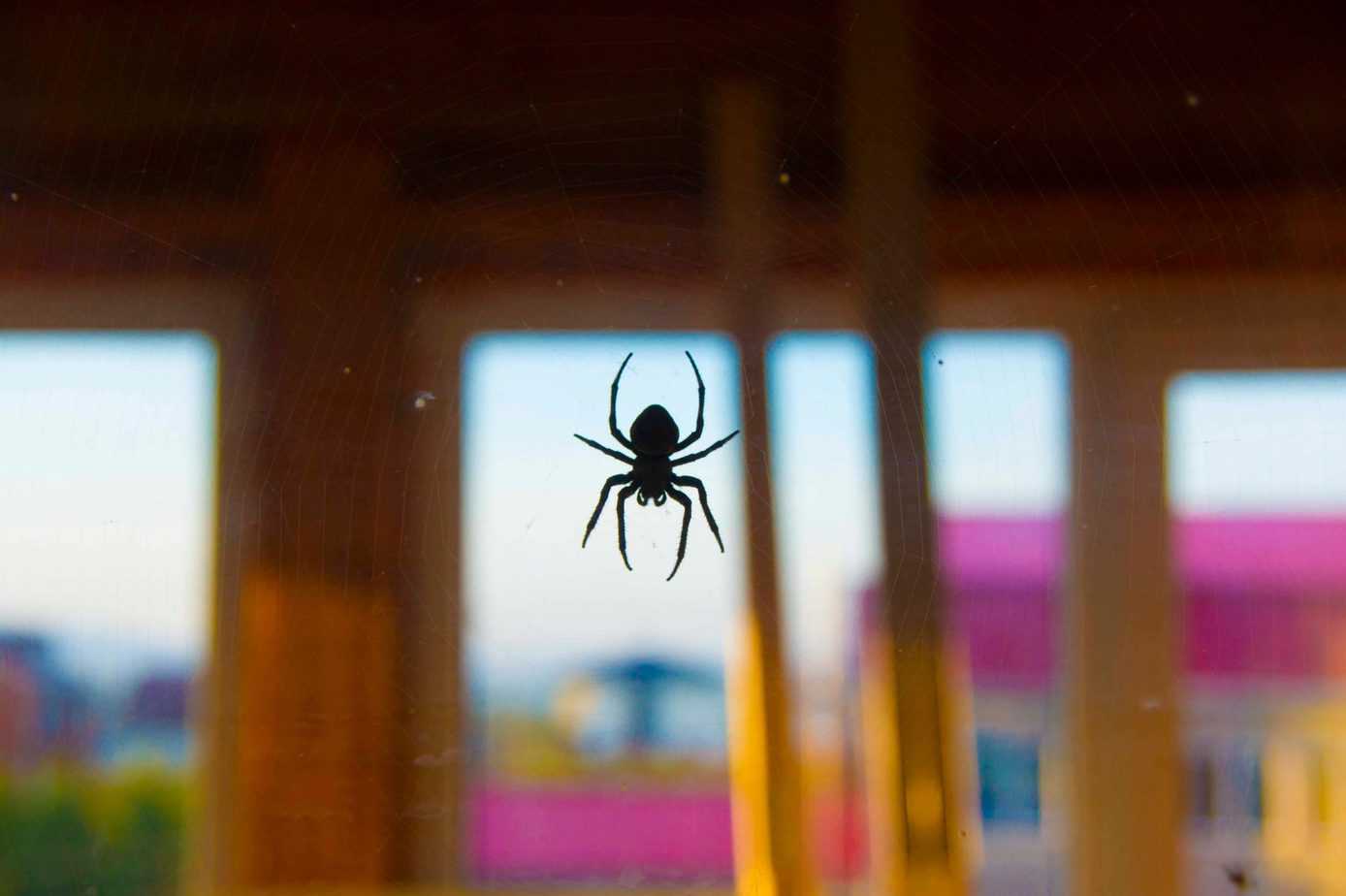

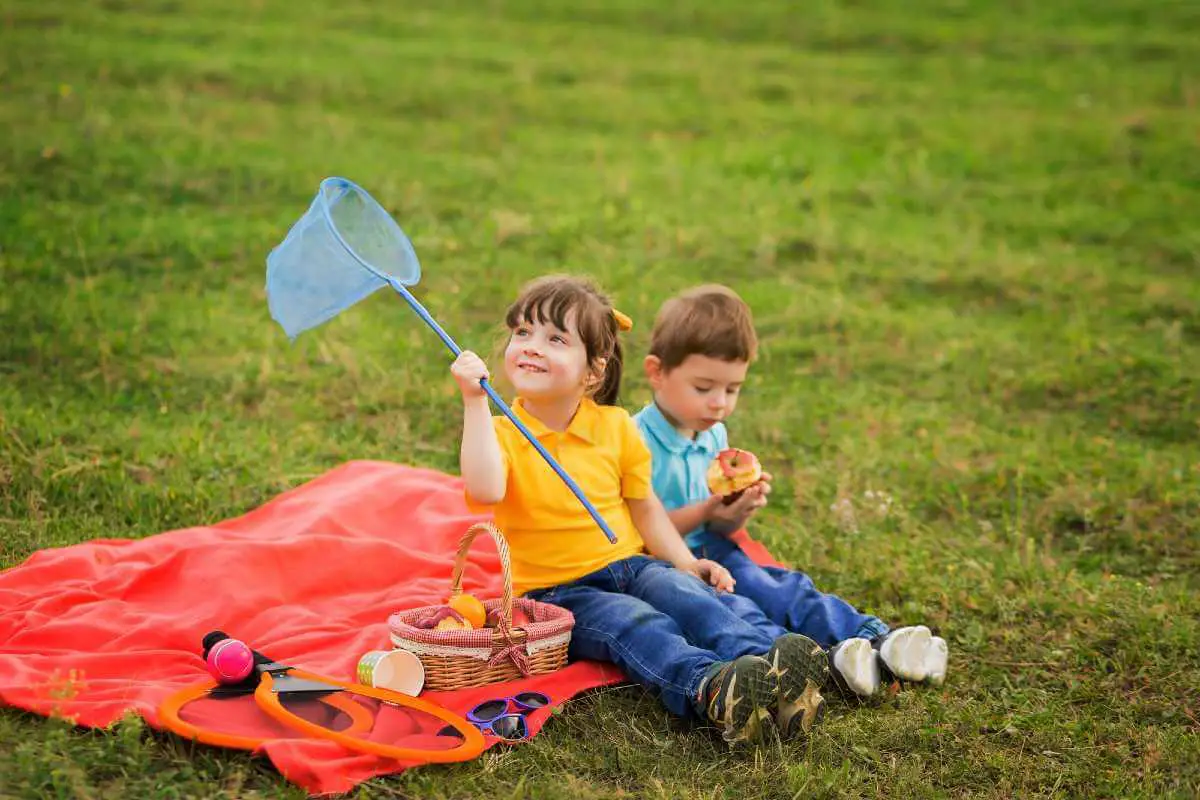

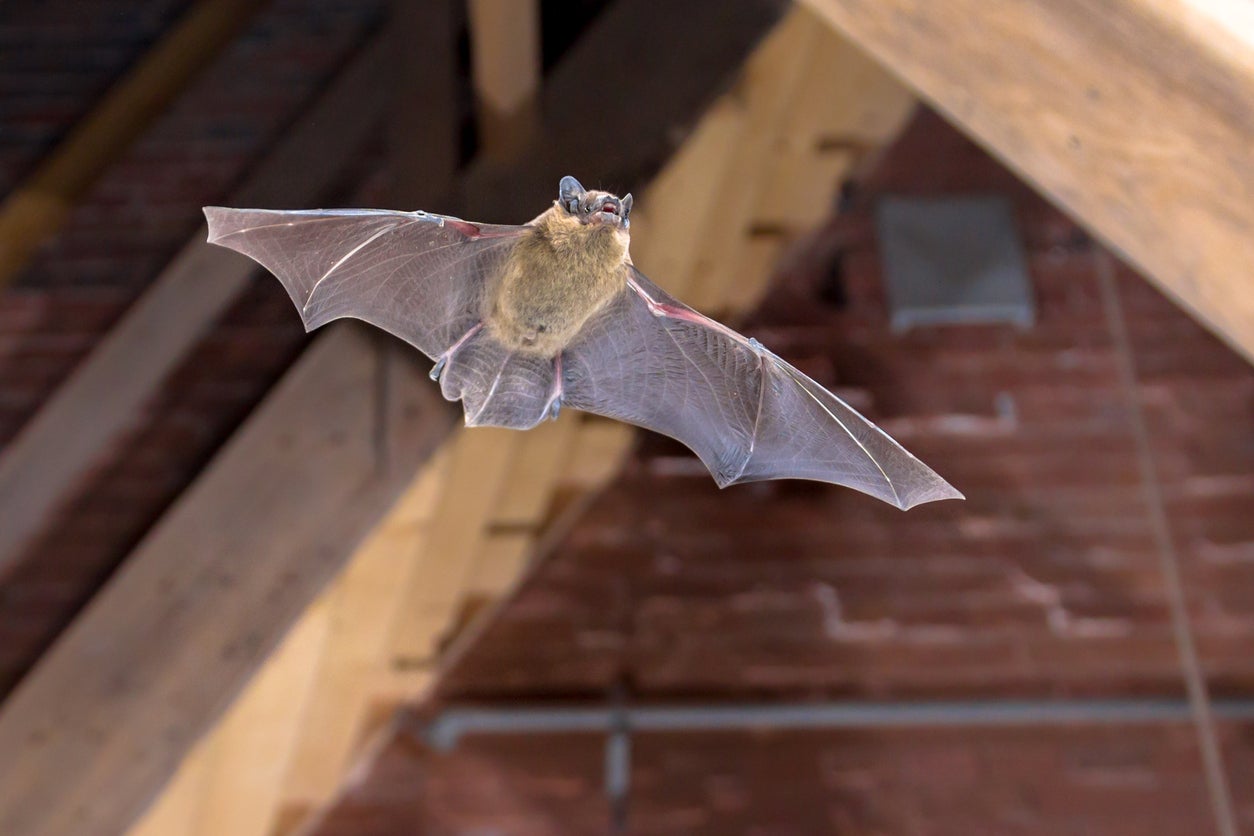

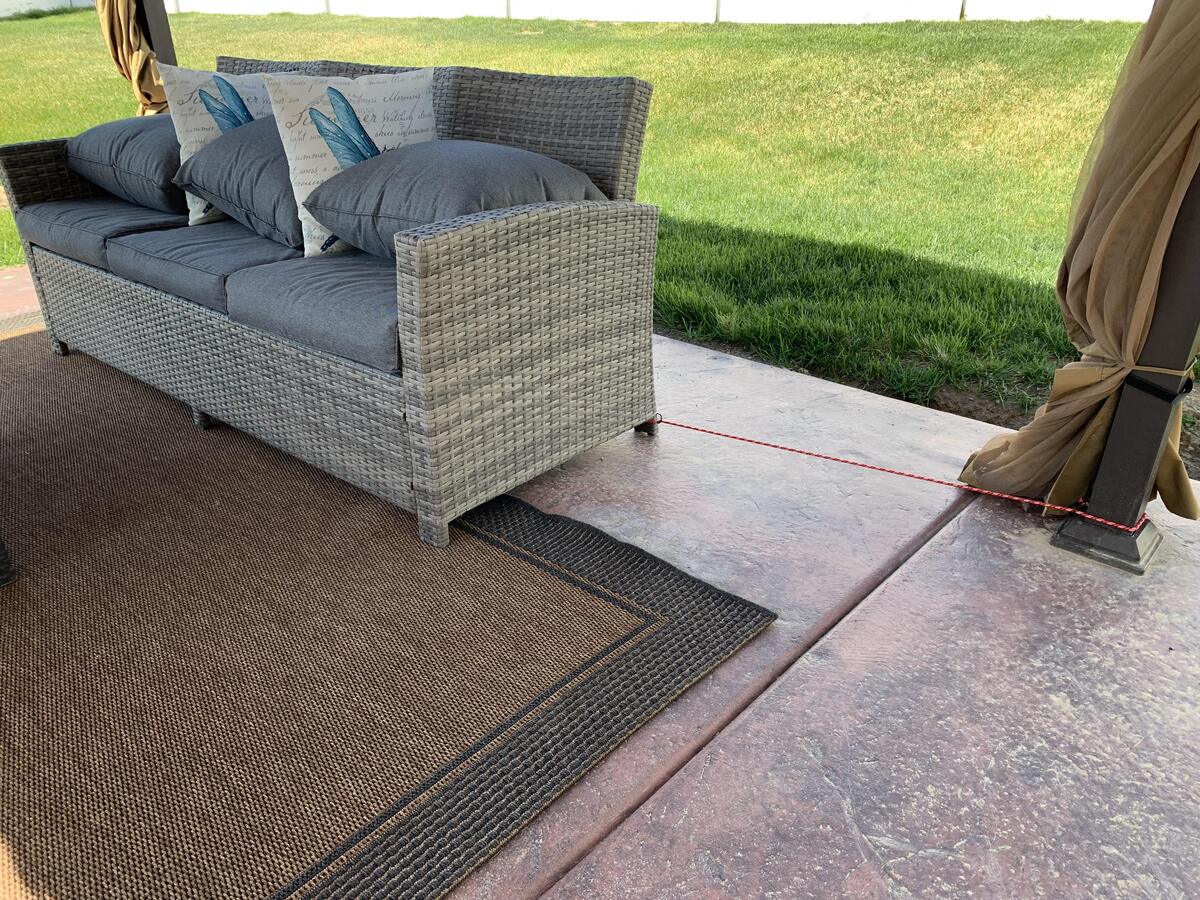


0 thoughts on “How To Keep A Trampoline From Blowing Away?”